The Introductory Guide To Form-Finding In Architecture: Getting The Best Building Form With Technology
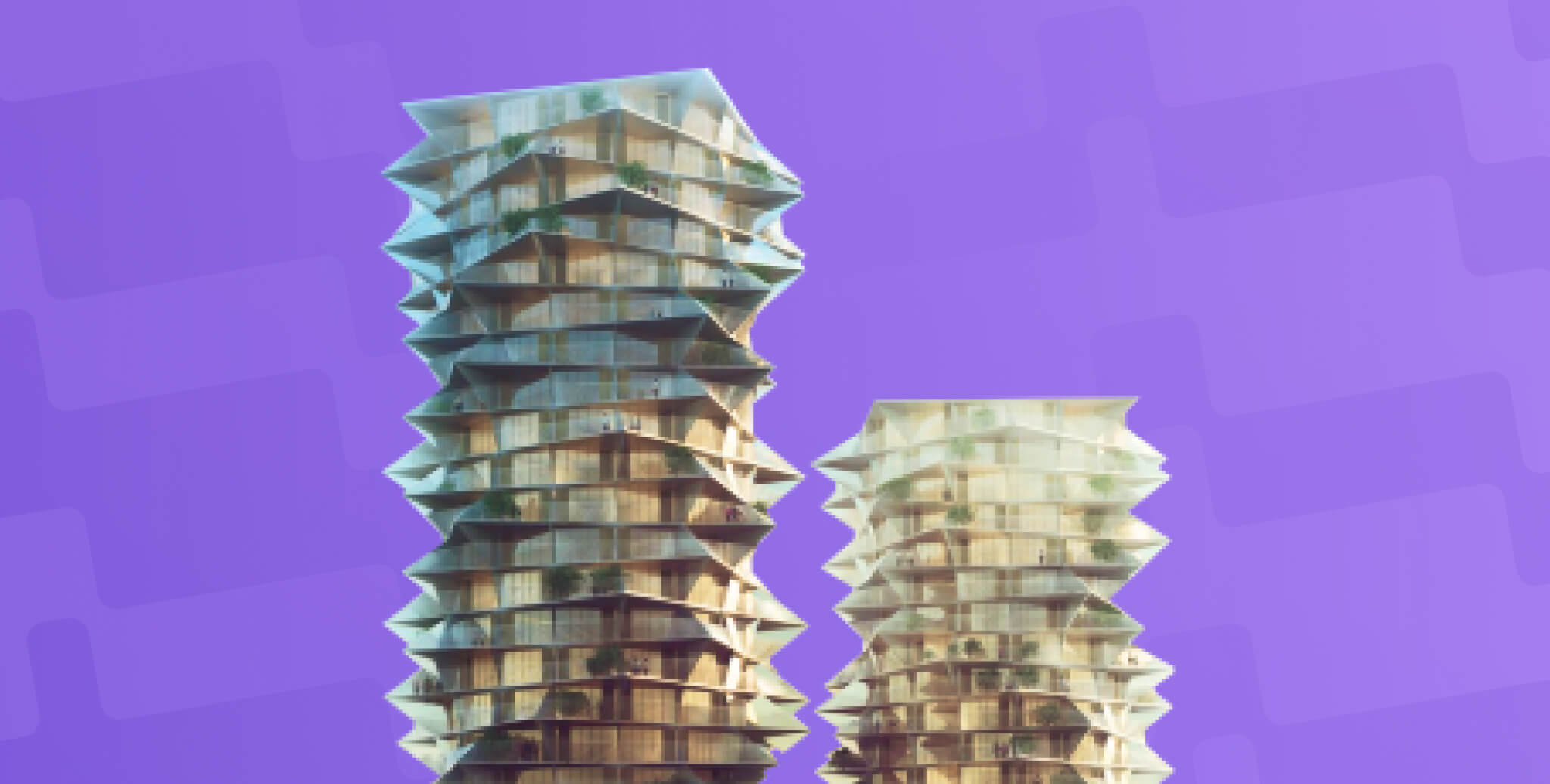
Table of Contents
How do you design the best optimal form of your project? How do you know what the best building form is? In this guide, we take a look at an old design approach enhanced by today’s digital technologies – form-finding. Read till the end to learn what form-finding is, how digital technologies like computational design come into play, and why architects should pay attention to it.
What is The Form-Finding Process in Architecture?
Form-finding in architecture is a process in which the shape or building form is determined through a logical process inspired by processes in nature. The target is to achieve the optimal form that delivers dynamic stability, adaptability, and sustainability. It takes into account the structural stability, functionality and beauty, all as a result of analysed processes of the natural forms.
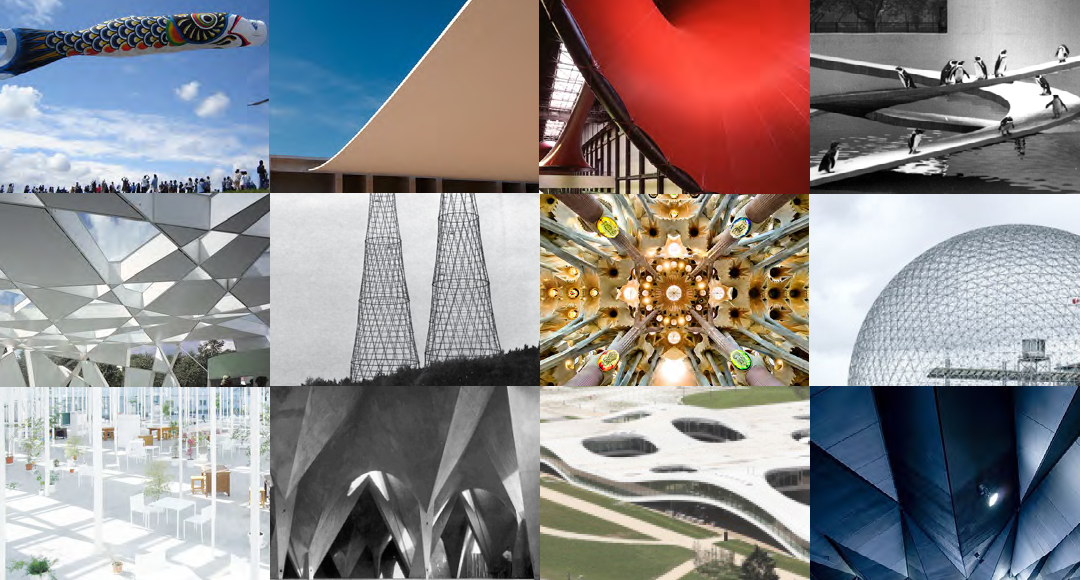
Form Finding vs Shape Making
The architectural design process has been for centuries based entirely on the architect’s experience and intuition. Long seen as a linear rational process, the traditional design approach fosters a form or shape making based on personal visualisation.
Form-finding is different: it is about finding the optimum form that responds to the design constraints. The digital design technologies of today facilitate the process by providing analytical data for informed decision making.
The complexities generated by computation become the solutions for optimised design output. However, there are critics in the architecture industry who claim the heavy reliance on digital tools disconnect the design output from the users, the site context, and the understanding of material qualities.
Finding The Appropriate Form
The form of the building has always been the design factor that highlights the personal style of an architect. The multitude of 3D modelling software available at our disposal has sparked a digital evolution in the design industry. As they replace the hand-drawing era, these software are offering architects a more innovative and holistic approach to the design process. The new opportunities that emerge as a result are limitless, one of which is the form finding procedures. The contemporary architecture of the 21st century is continuously evolving with new architectural languages, thanks to these tools.
The early postmodern architecture says form follows function. However, to many architects these days, it is more than the functions that define the building form. Yes, the functional requirements may still have an influence, but so do spatial programmes, site context, sustainable strategies, aesthetics, and even the fun element comes into play. The digital design tools aid the architects to explore various building forms influenced by all these factors to realise the optimised output.
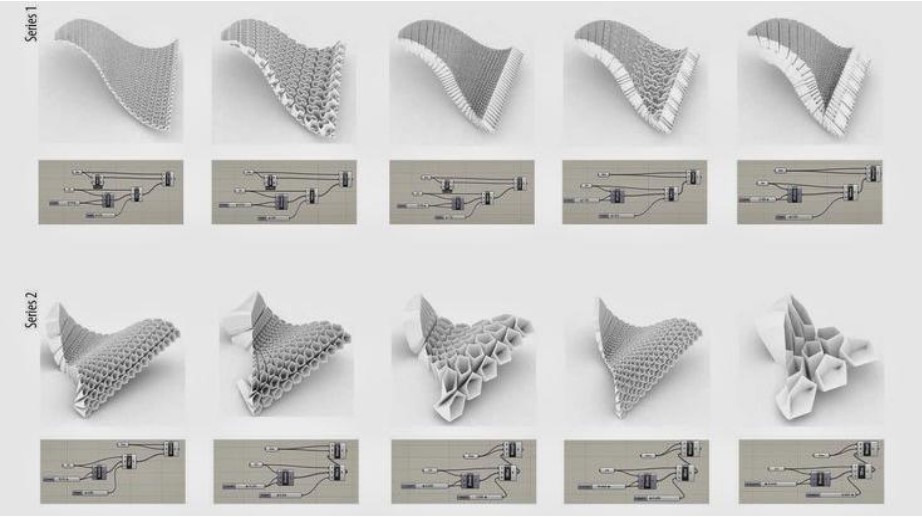
Form-Finding Processes in Architecture
While these are not established processes, they do have an impact on form-finding in architecture.
Form-Finding Inspired By Nature
Even in the pre-computational times, the avant-garde architects have turned to nature to seek inspiration in order to create architecture that reflects the context, social structure, and technological feats of the years. This has still continued today only exemplified by the computational design tools. Regardless, nature-inspired architecture today is a translation of the systems and processes, in addition to forms, of nature and living organisms. The works of Santiago Calatrava are the perfect example of forms and structures inspired by living organisms.
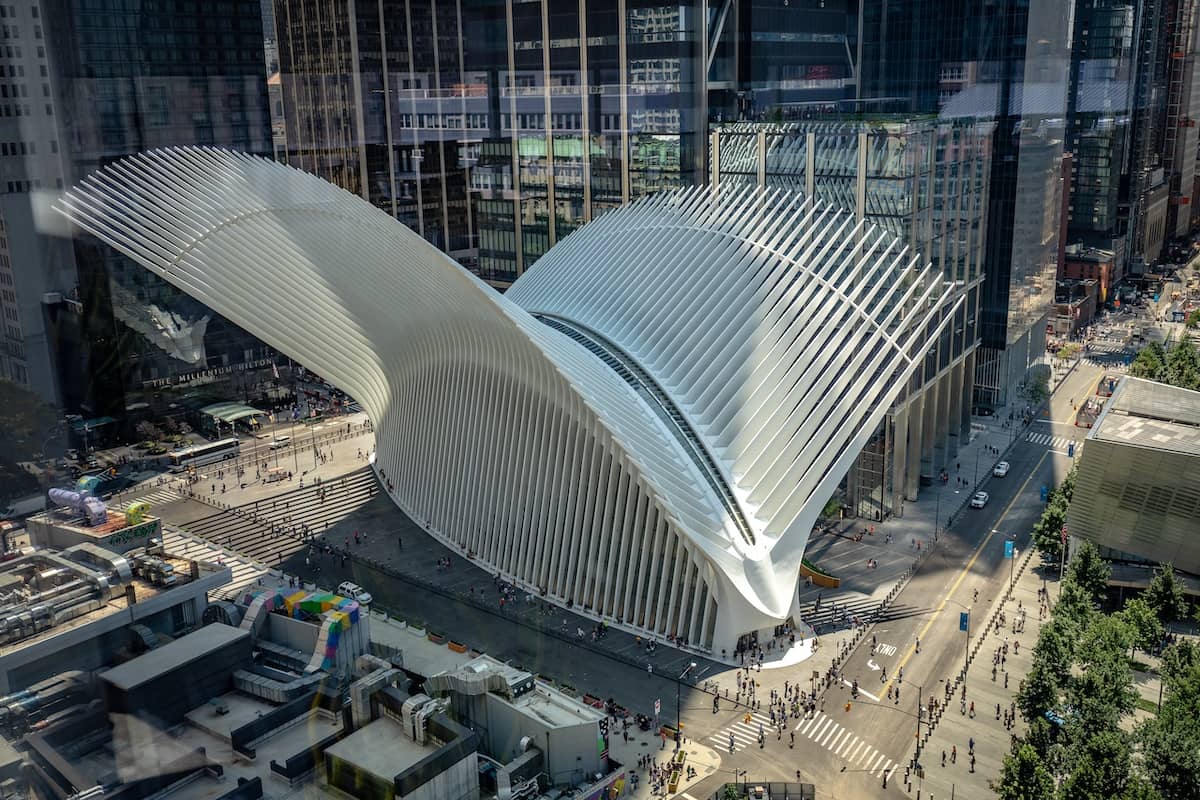
Form-Finding Through Context
A response to the site and context can also impact the building form. How to bring in the light, the wind and the good views into the design are common questions that affect both the spatial layout and the form.
Form-Finding Through Performance
In today’s technological advancement and complex briefs, architects, as a response to the growing needs, target high performance in building design. The form is derived from spatial, structural and material performances. In this case, the form should contribute to the high-performance building design as well as sustainability.
Computational Design For Form-Finding
Computational design, or more specifically parametric, generative and algorithmic designs, offers better solutions to design problems through a more consolidated relationship between the architect and the computer. Not only can computational design tools automate workflows and promote efficiency through visual programming, but they also offer a data-driven approach to design.
Architects can use computational design workflows for form-finding by using the visualised results of mathematical and logical processes.
Find out more about computational design tools in this Introduction to Visual programming in Architecture.
Generative Design For Form-Finding Process
Generative design, among other subsets of computational design, is often associated with form-finding. Generative design is generally described as a design approach that makes use of algorithms to analyse, iterate and explore various design options based on specific constraints.
The tools are capable of generating thousands of outputs within a few minutes. If none of them fulfils the requirements, the architect can modify the constraints and the computer algorithms to generate more design options. Generative design can work on any form-finding processes, whether it is inspired by nature or by context. All at the end, are the constraints and algorithms that produce the output.
Analysis As Part of The Process
The most important step in a generative form-finding process is the analysis. Remember, it is form-finding, not form-making. The analysis part is not generative; however, the data collected from these numerous analyses provides the input for different design elements.
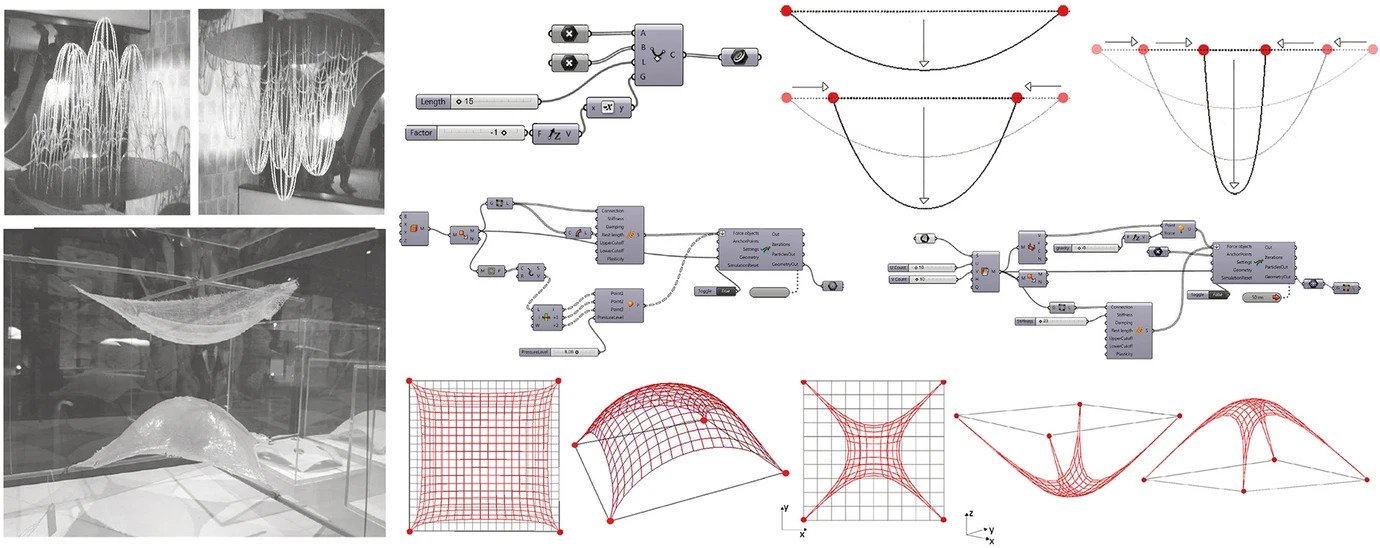
How Is Form-Finding Important in Architecture?
Since long ago, the built form has been influenced by the architect’s inspiration, experiences and experience. This experience also includes the knowledge of building on a particular site context. Nonetheless, there was no analysis or data behind the form produced.
Much of the form-finding process is influenced by nature, or the natural forms. Who are better architects if not nature? We can now find more buildings influenced by nature designed through generative form-finding. As they also involve analysis and simulations, we can be assured of the performance of these buildings.
Why Should Architects Pay Attention To Form-Finding?
Frei Otto, an architect and structural engineer well known for his tensile structures, was fascinated with the experimentation to understand the physical, biological and technical processes behind objects. He talked about the role of the architect in the form-finding process – “the architect is more acting as a midwife than God the creator” (Bjarke Ingles also made a similar comment in his conversation with the New York Times.)

Form-finding is not just about beauty. It is also about the structural constructibility, stability while also taking into consideration the programmes and functions. The rising demand for energy efficiency, high performance and sustainability in architecture means that every single design element must work together in tandem to fulfil these demands, including the form. The building form is also more than just structure; it closely correlates with building envelope and fenestrations. These elements further relate to building performance through lighting, ventilation, heating and cooling load etc.
Learn how to approach the best form-finding methods with Computational design. Master Computational Design for real-world application with advanced modelling, form-finding and analyses, delivered by industry experts from top AEC firms.
If you want to learn more about computational design, check out our guides in our Resources on various computational design topics and more.

 Thanks for connecting!
Thanks for connecting!


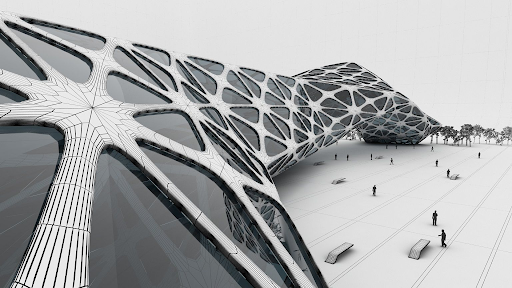
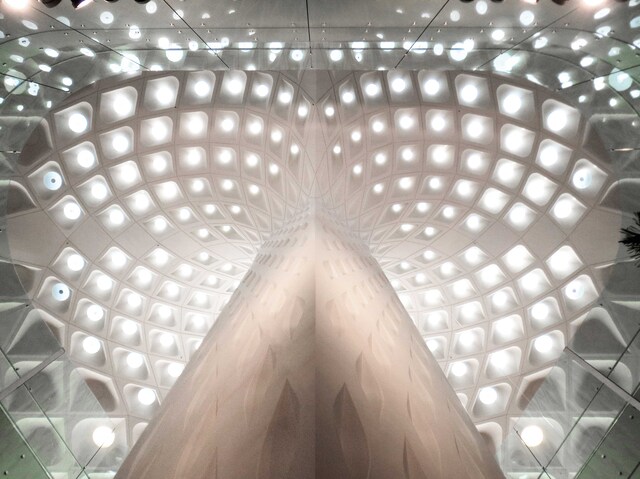
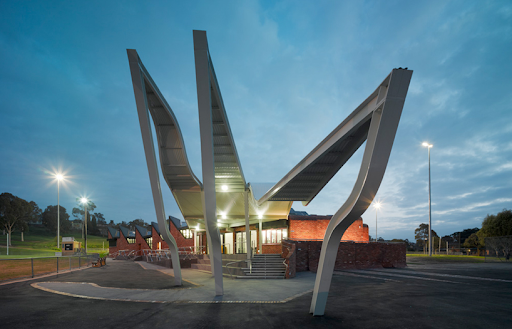
.png)
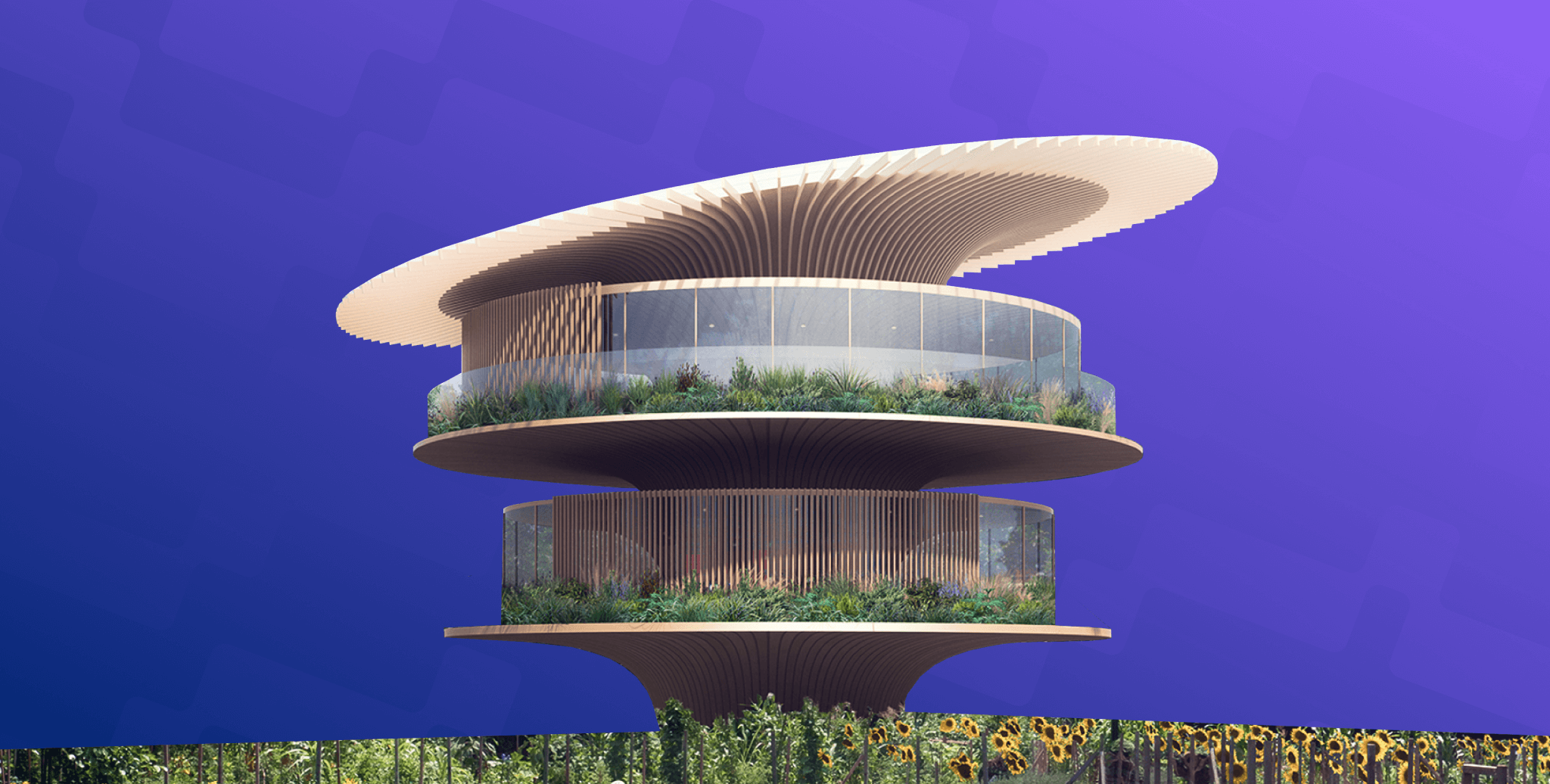

.jpg)

